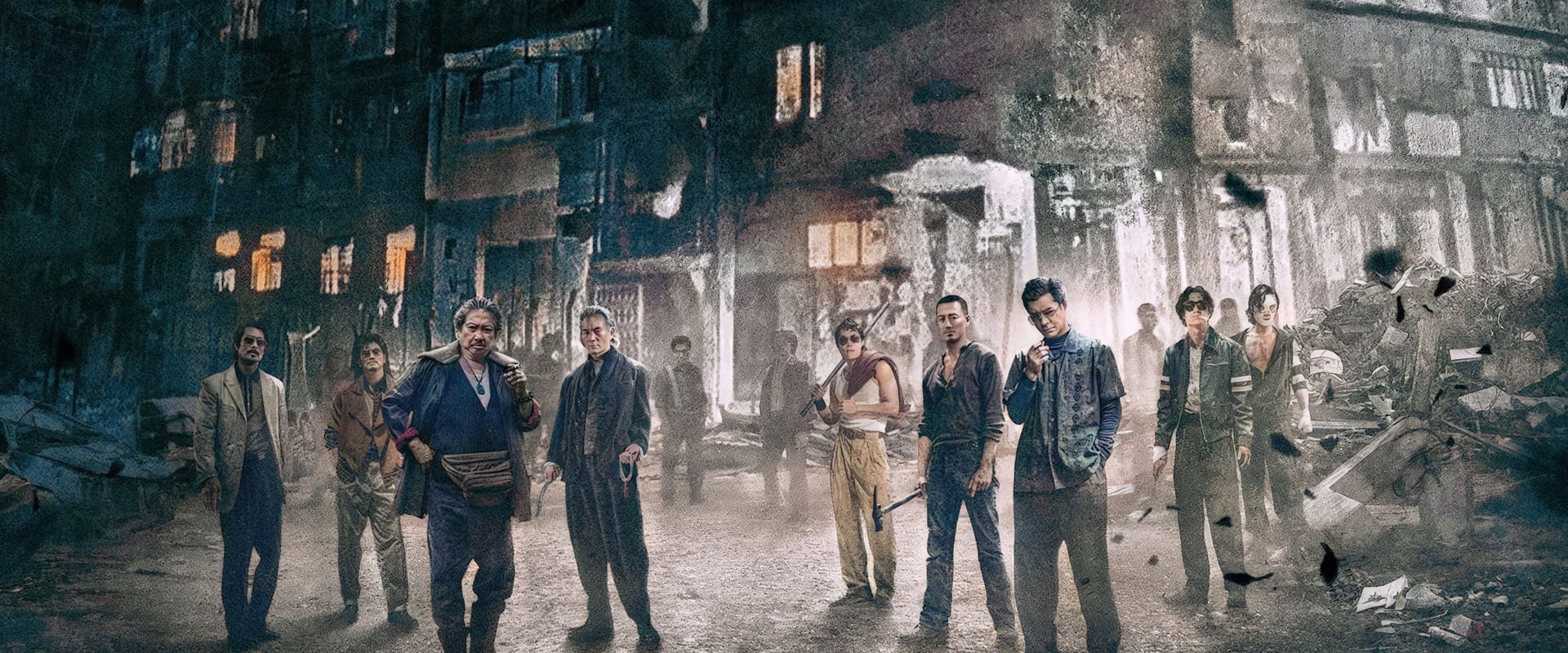If only blasphemy could be a cinematic genre, then D.J. Caruso’s Mary would stand as its gaudy gold-plated altar—an epic exercise in misdirection, confusion, and tasteless embellishment. I approached this Netflix offering (the Nativity, retold as a streaming event!) with a faint, foolish hope: the epic biblical narrative is one of the inexhaustible wells of the popular imagination. My hope lasted exactly as long as it took for the credits to fade and for the first flagrant absurdity to rear its cartoonish head. If the soothsayers said Megalopolis would be the turkey of the year, they failed to foresee this bird—a toneless monstrosity that squawks when it ought to sing.
What went wrong? Practically everything, starting from Timothy Michael Hayes’s script, which appears to have been mashed together by a committee unfamiliar with the source material and possessed by the misguided belief that “more spectacle” equals “more truth.” This is the Nativity reimagined as a high school pageant bombarded with confetti, CGI, and creative license—license revoked.
It would take a more patient soul than I possess to chronicle every deviation and dramatic howler, but let’s tiptoe through a few of the choicest heresies. Did we need Mary being paraded out for almost-weekly stoning? Was there, somewhere in the Apocrypha, a forgotten episode where Joseph went from gentle carpenter to swordsman, dueling Herod’s guards as if auditioning for Braveheart? One waits for some hint of narrative restraint—the blessed hush of reverence, the intricate quiet of spiritual struggle—but the filmmakers would rather foist on us action sequences that make the Fast and Furious crowd look subtle.
From the opening, there’s a sense of panic beneath the polish—a terror that audiences will tune out unless the old story is twisted beyond recognition. So here comes Bethlehem, not bustling with census pilgrims but swelling with... tourists? And young Mary, nestled in an academic institution that could have been lifted from The Sound of Music if only Maria had been a messianic child. Has anyone told these people that the drama is already there, in the silence before an angel speaks, in the shame and awe of a virgin’s “yes,” in the agony of a father forced to trust?
Caruso’s direction is at war with itself—one arm reaching for the grandeur of Ben-Hur, the other for streaming clickbait. What results is a series of melodramatic tableaus alternating between sheer kitsch and inspired confusion. The only miracle here is how consistently the film manages to undercut its own emotional stakes at every turn.
If Mary can claim a single grace note, it is Noa Cohen—who sinks into the part with a kind of doomed resolve, bringing tremors of real feeling into a world otherwise defined by empty gestures. Cohen’s Mary has an open, haunted quality: you sense—just barely—the outline of innocence weaponized by faith. It’s almost cruel, watching her work so hard to anchor each maudlin scene. Her performance thrives in a void, the lone green shoot in this scorched-earth production.
Anthony Hopkins, meanwhile, is asked to play Herod with the intensity of a ferret on amphetamines. You can see echoes of Hannibal Lecter in the eyes, but none of the crisp, electric menace—just grandstanding, all fury and no flavor. It’s as if the role were written by a fan who remembered “crazy king” and forgot “human being.” Hopkins paces and shrieks, trapped in a characterization as threadbare as his wardrobe.
The rest of the ensemble—Ido Tako’s Joseph, especially—are swept away in the tide of incoherence. Joseph veers from passive piety to action-movie sidekick, never landing anywhere human enough to matter. You long for chemistry, for some synaptic click between Mary and Joseph, but the film offers only the theatre of affection, never its substance.
The script—if it can be called that—alternates between forced solemnity and outright lunacy. Characters mouth platitudes that clang off the stone walls of ancient Judea with a modern thud. Lines meant to soar come crashing to earth; “meetings with Lucifer” in temple courts pass blithely for character development. You can almost sense the writer’s hand, searching for profundity and clutching at melodrama instead—a leap from the sacred to the laughable.
One might forgive the liberties, the violence done to history, if Caruso had managed to conjure even a shadow of the depth and trembling beauty at the heart of the story. But no: the camera spins and staggers, the color palette vacillates between dreary candlelight and dayglo, and every attempt at grandeur collapses under its own inflated sense of purpose. There is no weight, no hush, nothing that suggests the magnitude of a world-wrenching birth. What we’re left with is pastiche—the Nativity as decor, sentiment served as spectacle.
It’s a strange agony, watching a great story stranded in the shallows by filmmakers dead set on “reimagining” it out of existence. All the riches—parental devotion, divine terror, human doubt—are swept aside for invented confrontations and spectacle. The emotional core is hollowed out; the result feels less like a movie and more like a shrill pantomime, a re-enactment of faith emptied of meaning.
By the time the credits rolled, I was left muttering a prayer familiar to anyone burned by a botched adaptation: Please, God, let the next storyteller remember that accuracy is not the enemy of art.
Mary is a lesson in what not to do: disrespectful to its source, embarrassing as entertainment, and baffling as a creative enterprise. If you hoped for epiphany—run. If you crave spectacle, go rewatch Ben-Hur. There is such a thing as heresy, and this film manages it without a flicker of conviction.
For the faithful, for the curious, for those who love cinema—avoid Mary like a false idol in the marketplace. It’s not merely a disappointment; it’s a desecration. Fuck this movie. And may the next telling remember that the power of this story lies not in bombast, but in its trembling human heart.


